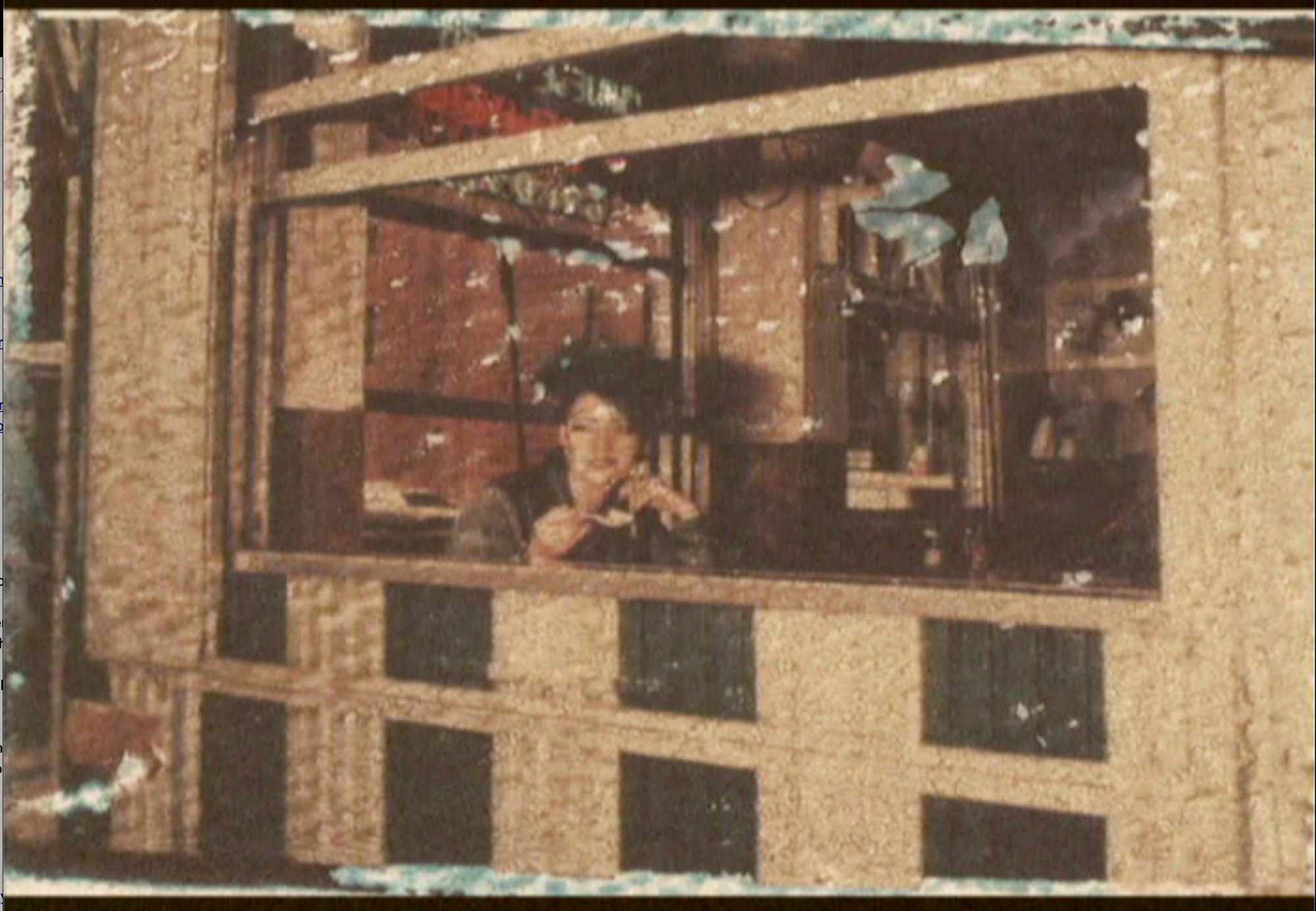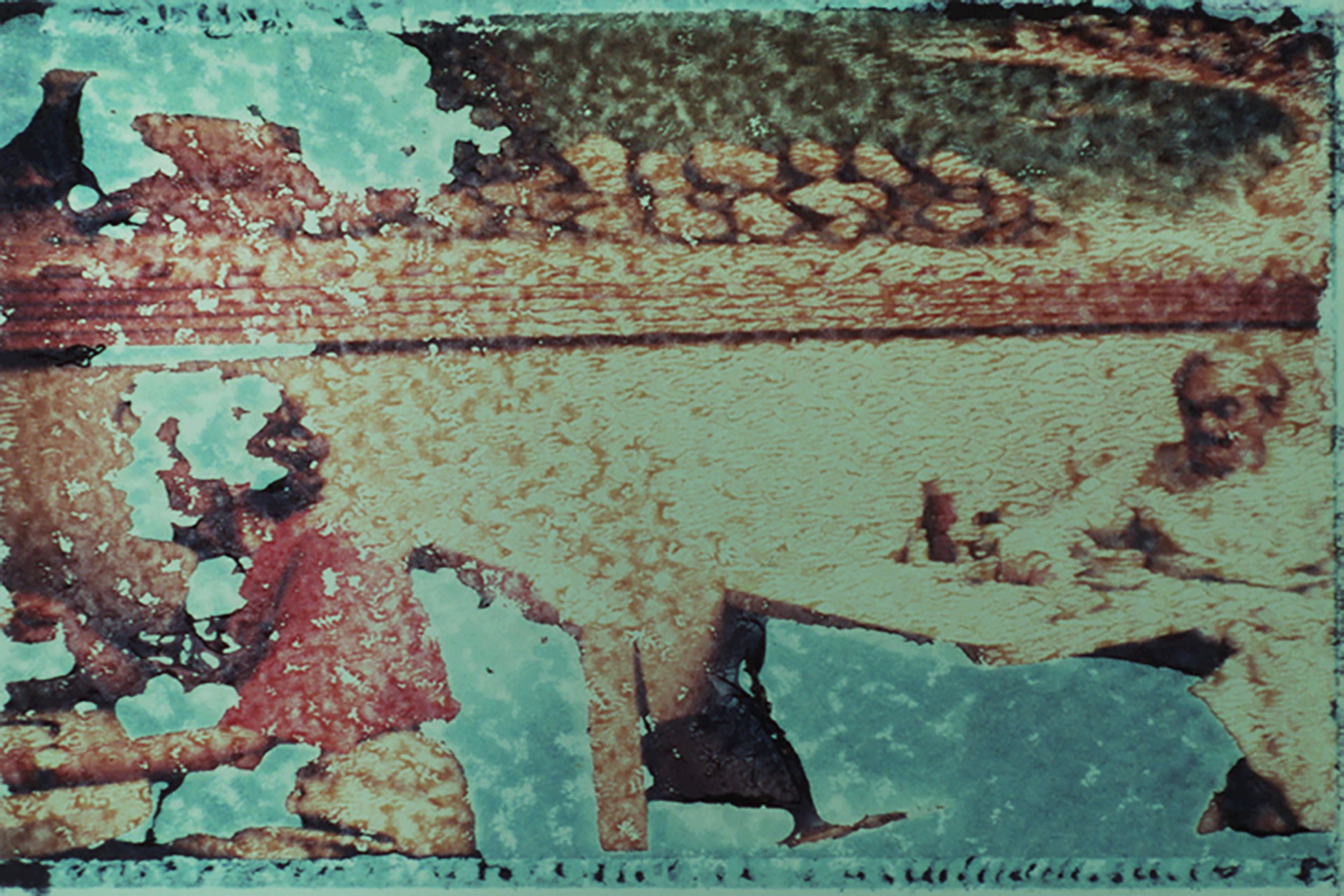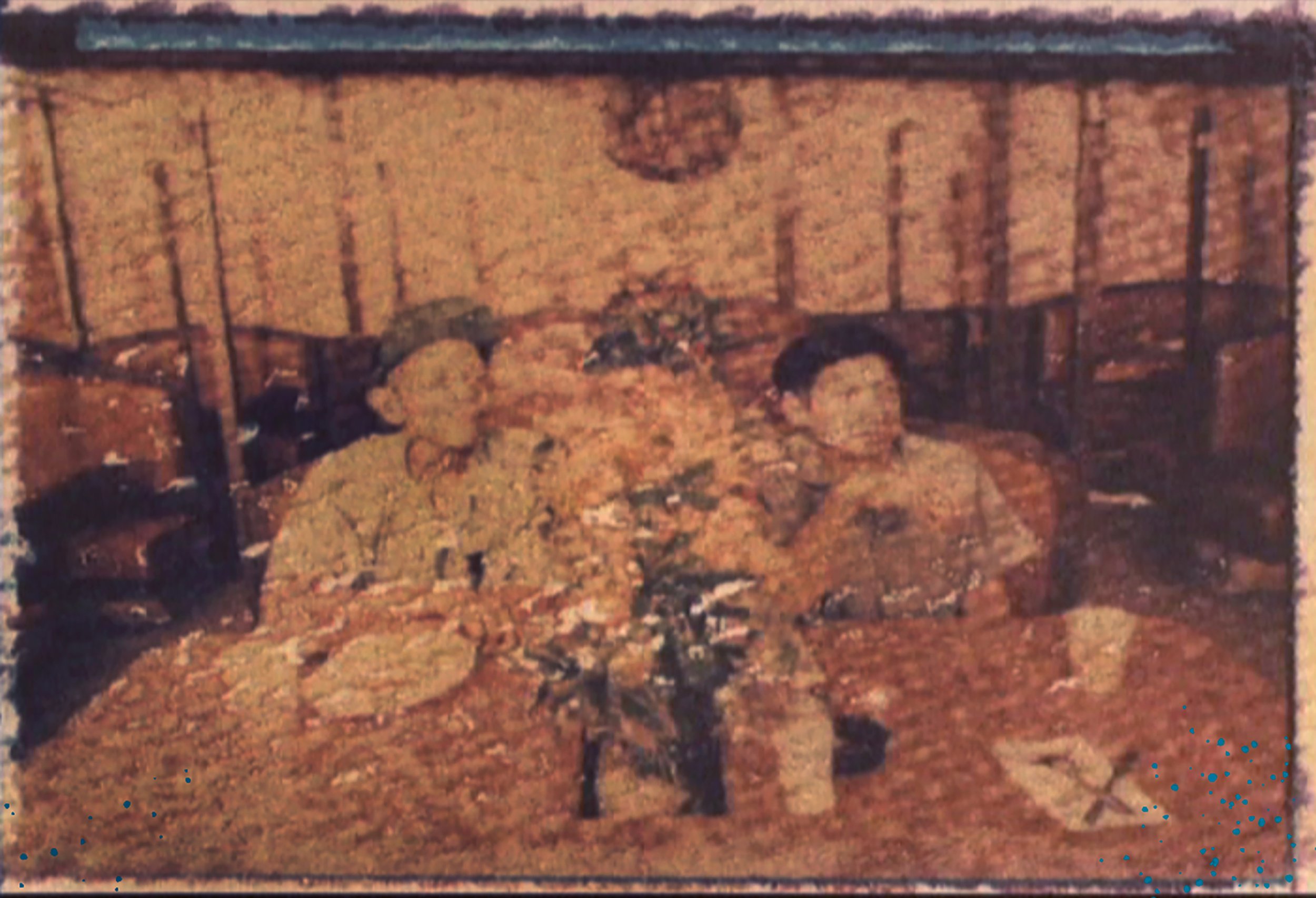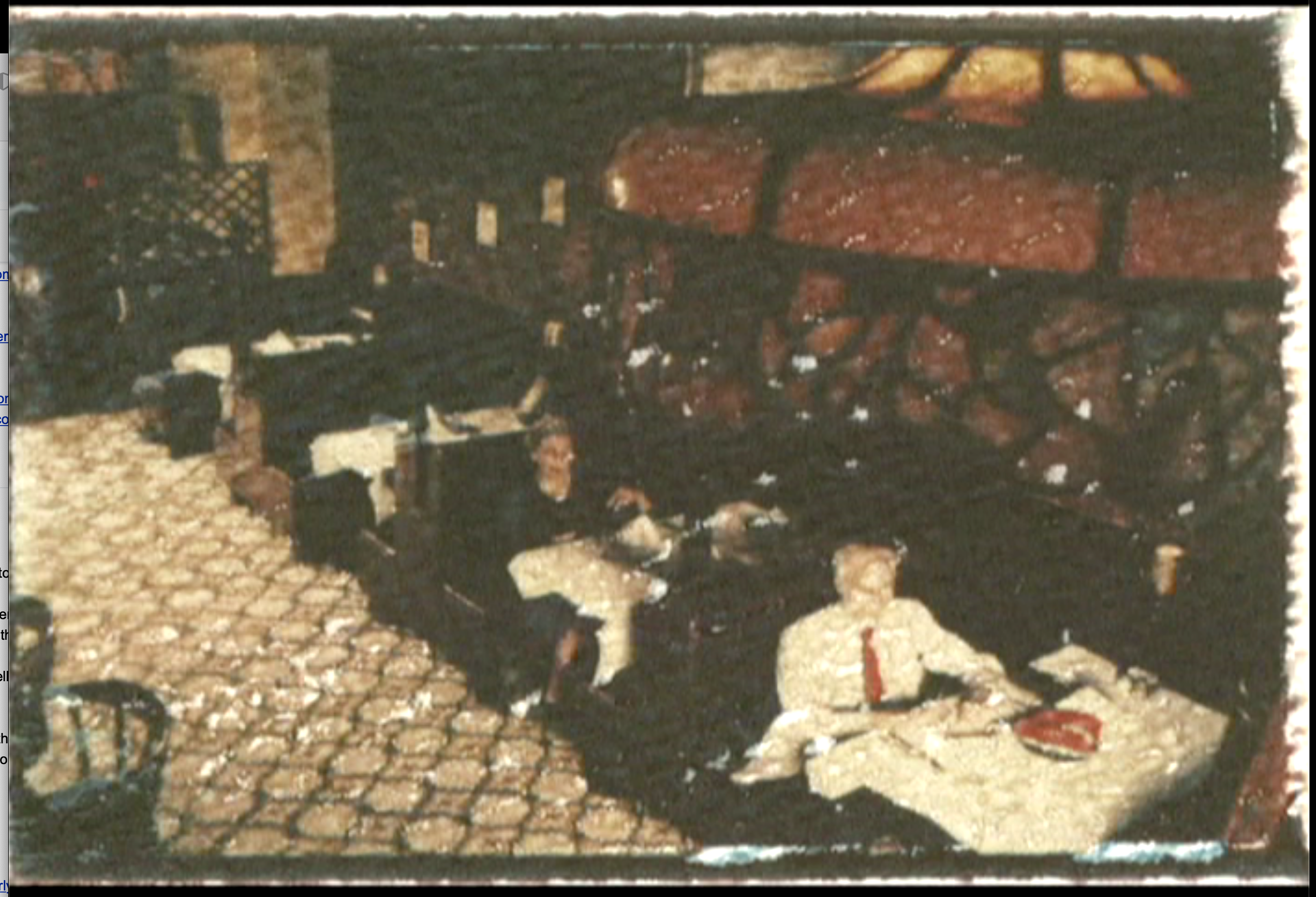Polaroid Image Transfers & Emulsion Lifts






DINING ALONE In the Company of Solitude (Polaroids)
During the late 1980’s and 1990’s I worked on a few long-term film projects. I shot alot of polaroids using a polaroid back which mounted onto my Nikon camera body. I used a Forscher Pro Back which essentially allowed photographers to shoot two images on one sheet of 4X5 polaroid film. Marty Forscher, ‘Keeper of the Flame’ was a legendary camera repairman, and inventor of this Forscher Pro Back. The main advantage of this method of photographing, was that my polaroid images bore a relatively accurate resemblance to what my film would look like. The film and the polaroid back captured the same perspectives, and angle, since the Forscher back saw what the film back saw since I used wide and close-up lenses. I would also use assorted polaroid cameras and polaroid film to make other images but these images weren’t about what I captured on film.
There were times when I photographed film alone and I wanted to make a polaroid transfer of a particular image. In these instances, I used a Daylab which allowed me to transfer my film image onto polaroid. (35mm slide film to polaroid)
In these instances, I would then soak the peeled polaroid to allow water to come beneath the plastic of the polaroid and the emulsion. I would then transfer the image onto watercolor paper.
During these years, I worked on two long-term portrait series projects (DINING ALONE In the Company of Solitude and CLOSED n’ COUNTERS) and shot alot of polaroids using film, my Nikon camera and my Forscher Pro Back.
Scroll down for more polaroid transfers and emulsion lifts
In the above images, I used polaroid film and then lifted the emulsion to slide it onto watercolor paper. As I separated the emulsion from it’s plastic backing, I’d watch the emulsion break away and float in the water. The process itself reminded be about fragility since the delicate gelatin emulsion is as thin as membrane tissue. As I used my soft paint brush to gently nudge the parts of the emulsion that stubbornly adhered to it’s backing, I often broke some of the emulsion. As I moved my brush to steer the emulsion onto my watercolor paper, I’d swoosh the paper in the water of my tray. Some of the emulsion was now adhering to it’s new surface while another part of the emulsion was floating as the water helped to iron out it’s creases. From the resulting emulsion transfers, I wrote this poem which has to do with separating my essence from that which controls me.
As Free as the Wind
Nancy A. Scherl
I want to be as free as the wind
Just free and light and to blow with the wind
I want to feel my vulnerabilities lift from within me
I want my fragilities to be peeled away from me
I want to be as free as the wind
To be elevated as high as the wind will lift me
To be free, to feel light
to be able to steer like a bird in flight
To be free, to feel right
To be grounded, yet to blow like a kite
I want my conflicts to melt away
I want to be free and able to sway
No worries, no pain
To feel pure and free as the rain
All tensions and conflicts would be resolved
All people and beings would be absolved
I want to be as free as the wind
Just free and light and to blow with the wind

